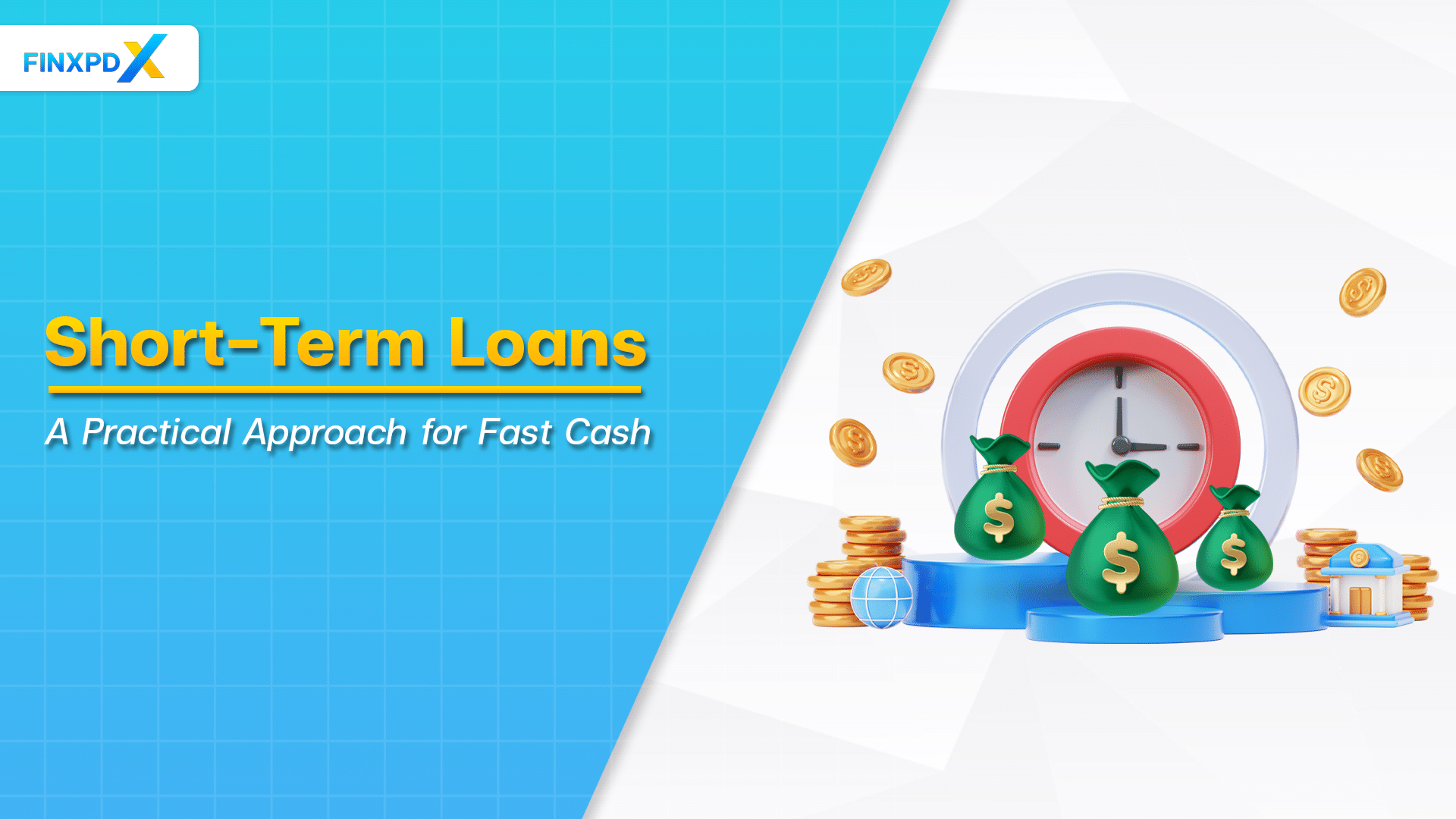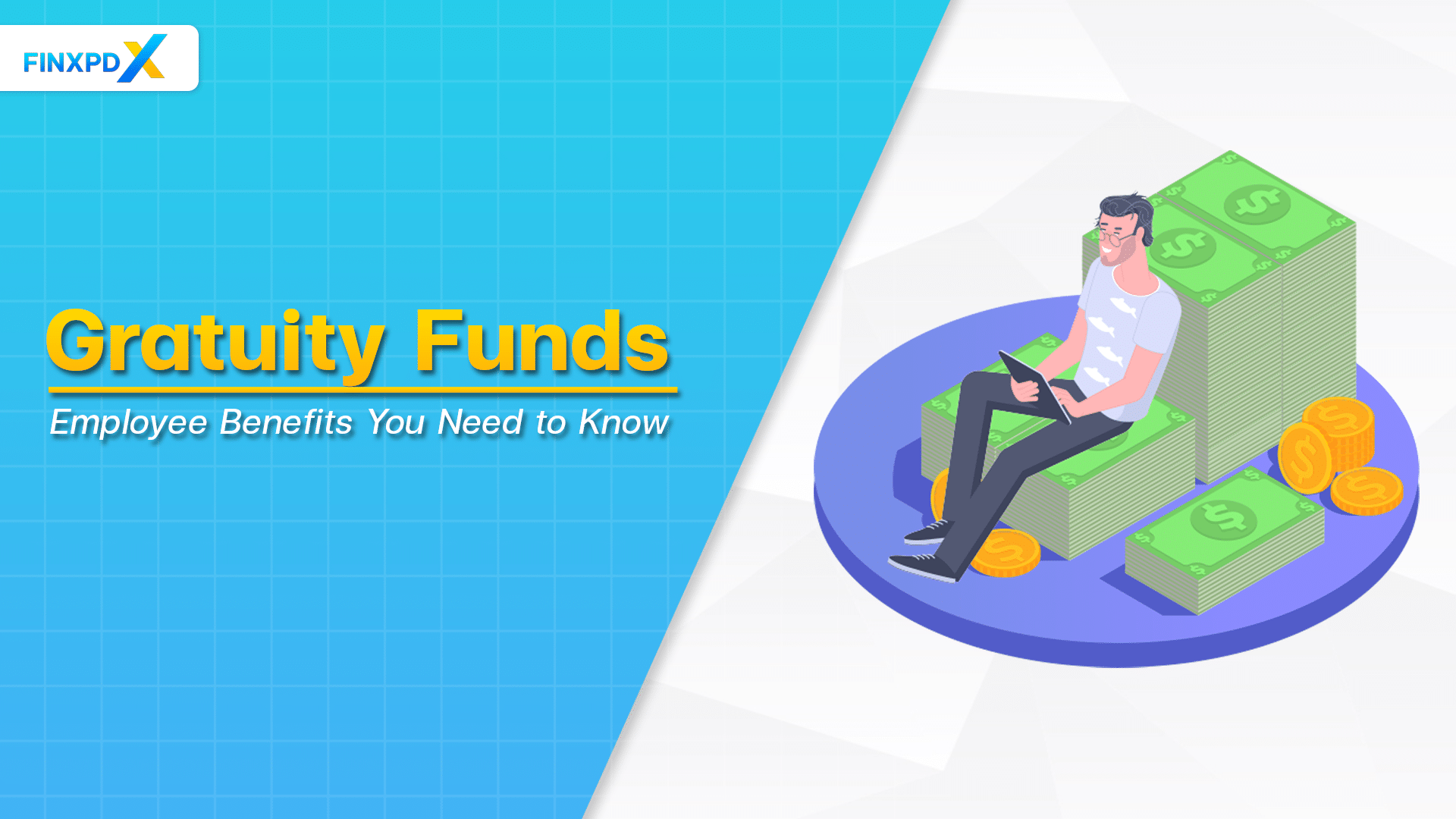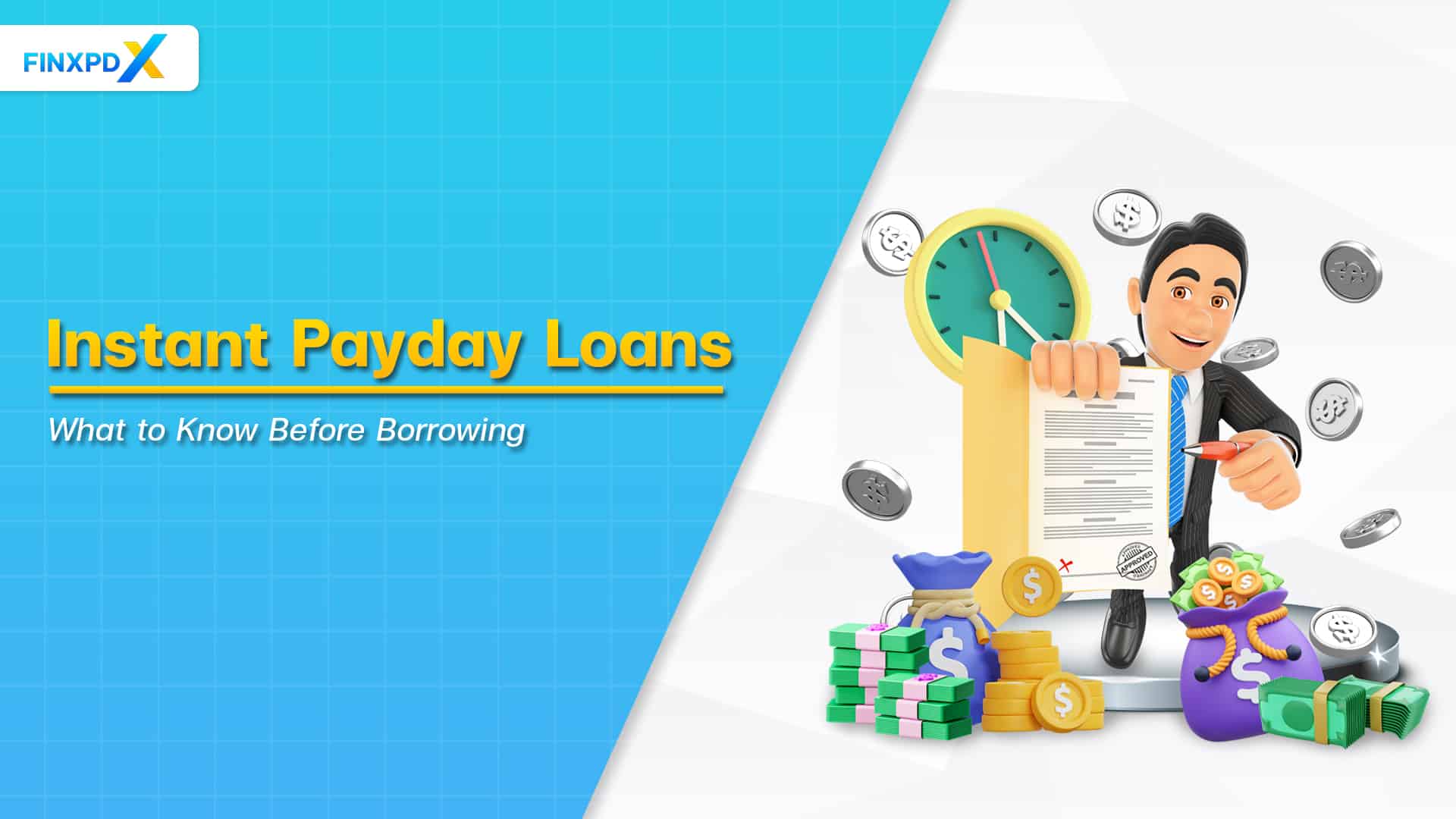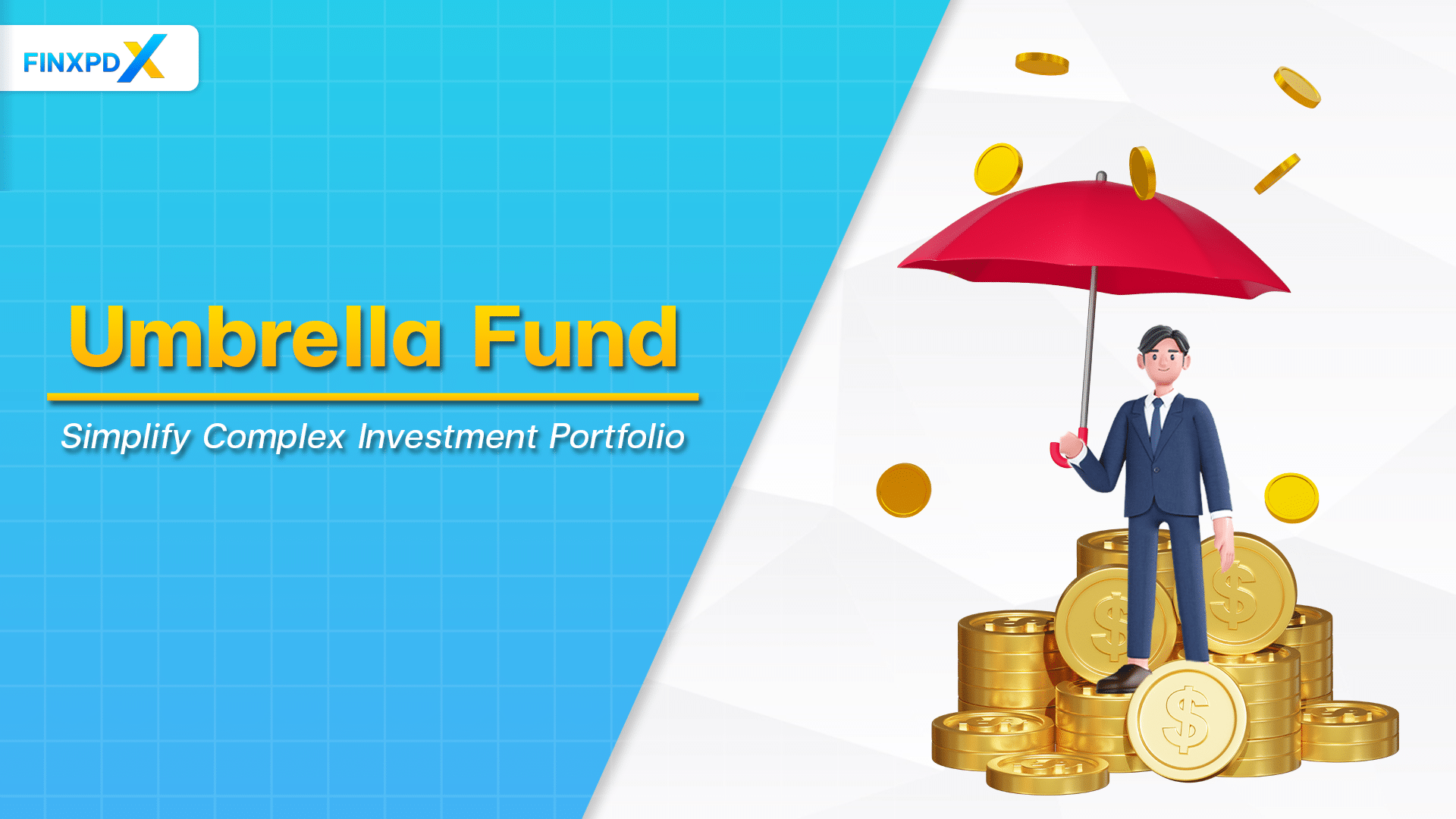Short-term loans are a quick financial solution for people and businesses needing money fast. They are loans you pay back usually within a year. This article will explain the meaning of short-term loans, how they work, the different types you can get, and their good and bad points. Knowing all about these loans is important before you decide to get one. We’ll help you understand short-term loans better so you can make smart choices about your money. This guide is here to help you decide if a short-term loan is right for your money needs.
What Is a Short-Term Loan?
A short-term loan is a type of loan that has a repayment schedule of less than a year. You might pay back long-term loans over several years, but short-term loans are designed for immediate financial needs and are quickly repayable. People commonly use them for emergencies like fixing a broken car, covering unexpected medical bills, or bridging a business revenue gap.
These short ones are usually easier to obtain than long-term ones, requiring less paperwork and faster approval times. This makes them a convenient option for those in urgent need of funds. However, they often come with higher interest rates compared to longer-term loans. Understanding this is important for making an informed decision about whether a short-term loan suits your financial situation.
Key Takeaways
- A short-term loan is typically repaid in less than a year and is used for immediate financial needs.
- Short-term loans often have quicker approval processes, flexible amounts, and shorter repayment terms.
- Short-term loans bridge temporary financial gaps, like covering unexpected expenses or managing cash flow issues.
- There are various types of short-term loans, each catering to different needs, including payday loans, lines of credit, and more.
Characteristics of Short-Term Loan
They are unique in their features, and understanding each characteristic is key to using them wisely. Here is the breakdown of their characteristics:
Short Duration
These loans are designed for a quick fix, typically less than a year. This type of loan makes them different from long-term ones.
High-Interest Rates
These loans are expected to have higher interest rates. Although they offer quick cash, the cost of this convenience is usually higher.
Frequent Repayment Schedule
Repayments might occur more often than the long ones, sometimes even weekly.
Small Borrowing Limit
This type of loan might offer less money than a long one. It’s meant for smaller, urgent financial needs.
Simple Eligibility Criteria
Getting this type of loan is often easier, with fewer strict requirements. However, this can be a double-edged sword. It is convenient but risky if not managed properly.
The Function of Short-Term Loan
This section will quickly go through how they work, including each step from start to finish. Understanding this is key to using these loans smartly and avoiding any surprises.
Application Process
The first step is to apply for the loan. This process is often faster and involves less paperwork than long ones. Lenders will check your credit score and financial history, but the criteria may be less stringent.
Approval and Disbursement
If the lender accepts your application, they will approve the loan. They usually disburse the funds quickly, often within a few days. This speed is one of the key advantages of this type of loan.
Repayment Terms
Once you receive the funds, the clock starts ticking on your repayment period, which could range from a few weeks to a year. The repayment schedule is typically more frequent – it could be weekly or monthly.
Interest and Fees
They generally have higher interest rates. It’s important to be aware of any additional fees or charges that might apply, as these can add up.
Closure
You conclude the loan agreement once you pay off the loan in full, including any interest and fees.
⚠️Tip: Pay close attention to the loan agreement. Look for hidden fees, interest rates, and repayment terms.
5 Types of Short-Term Loan
These types of short-term loans come in different types, each with its own purpose and features. These loans are useful whether you need quick cash or short-term business loans. This section will look at 5 main types, explaining what they are and what to consider when considering them.
1. Payday Loans
Payday loans are small loans designed to cover borrowers’ expenses until their next payday. They are typically easy to obtain but often have high-interest rates and fees. They are usually intended for emergencies and are not recommended as long-term financial solutions.
2. Lines of Credit
A line of credit is a flexible loan where a borrower is granted a specific amount of money they can draw from as needed. Interest is typically only charged on the amount drawn. This type of loan is useful for individuals or businesses that face irregular cash flow needs.
3. Invoice Financing
Among all the loan types, this loan type is specifically designed for businesses. It involves borrowing against the amounts due from customers. Invoice financing helps companies to improve cash flow, pay employees and suppliers, and reinvest in operations.
4. Merchant Cash Advances
Primarily used by businesses that rely on credit card sales, merchant cash advances provide funds in exchange for a portion of the business’s future credit card sales. While they provide quick access to capital, they can be more expensive than traditional loans.
5. Bridge Loans
Bridge loans are designed to bridge a gap in financing, such as between buying a new property and selling an existing one. These are commonly used in real estate and can be helpful in a tight housing market.
Pros and Cons of Short-Term Loan
This section will pay attention to the benefits and downsides of this type of loan which aim to help you make a smart choice.
Pros
- Quick access to funds
- Less interest overall
- No collateral required
- Flexibility
- Simplified lending criteria
Cons
- High-interest rates
- Risk of debt cycle
- Add-up fees and penalties
- Not a long-term solution
- Potential impact on credit score
Pros of Short-Term Loan
- Short-term loans are often processed quickly, providing borrowers with fast access to funds, which is particularly beneficial in emergency situations or when immediate cash flow is needed.
- Since these loans have shorter repayment periods, the total interest paid over the life of the loan is typically less than that of a long-term loan, assuming similar interest rates.
- Many short-term loans are unsecured, meaning they don’t require collateral. This is advantageous for borrowers who do not have assets to use as security.
- These loans offer flexibility in terms of borrowing amounts and repayment schedules, allowing borrowers to choose options that best fit their immediate financial needs.
- Compared to long-term loans, short-term loans often have less stringent approval criteria, making them more accessible to a wider range of borrowers, including those with low credit.
Cons of Short-Term Loan
- To compensate for the short repayment period and increased risk, lenders often charge higher interest rates on short-term loans compared to long-term loans.
- The ease of obtaining short-term loans can lead to a cycle of debt, especially for borrowers who need more time to repay the loan and opt for rollovers or additional loans.
- Short-term loans can come with a variety of fees, including origination fees, late payment fees, and prepayment penalties, which can significantly increase the cost of borrowing.
- These loans are unsuitable for addressing long-term financial issues and may only provide a temporary fix.
- Failure to repay a loan on time can adversely affect the borrower’s credit score, making it more difficult to obtain future credit.
Conclusion
In summary, short-term loans offer a practical solution for immediate financial needs but come with distinct considerations. They provide quick access to funds and flexibility, which can be invaluable in times of urgency. However, the higher interest rates, potential for creating a cycle of debt, and additional fees highlight the need for careful planning and consideration. Borrowers should assess their ability to repay and the long-term impact on their finances before opting for such loans.
Remember, the right financial decision always aligns with your current needs and future goals. By understanding the nuances of short-term loans, you can make an informed choice that supports your financial well-being.
FAQs
It is designed to be paid back within a short period, usually less than a year. It’s often used for immediate cash needs like unexpected expenses or bridging a temporary cash shortfall.
The main difference lies in the repayment period. They are paid back in a shorter time frame, usually within a year, and are typically for smaller amounts. On the other hand, the long-term ones have longer repayment periods, often several years, and are usually for larger amounts.
To apply for this type of loan, check the lender’s eligibility requirements, which usually include age, income, and credit criteria. Then, gather necessary documents like proof of income and identification. Finally, fill out and apply to the lender, either online or in person.
Yes, they can come with various fees, such as origination fees, which are charged for processing the loan, and late payment fees if you miss a repayment deadline.
It should be approached cautiously. They often have high interest rates and additional fees, making repayment expensive. If not managed properly, this can lead to a cycle of debt.
Related Articles:
- Loans Against Mutual Funds: Learn How to Leverage It
- 10 Best Fastest Instant Loan App For Urgent Money
- The Complete Overview of Chattel Mortgage
Read more: Funds & Loans








